The Night I Saw an Eastern Tiger Salamander
Way back in college I took a Herpetology class, which included four outdoor field trips. One of my fondest memories from that class is our nighttime field trip to a large vernal pool in a nearby forest.
There was, of course, an abundance of spring peepers and other tree frogs, complete with the cacophony of all the males calling for mates. Vernal pools like the one I visited that night are particularly attractive to amphibians because they provide a relatively safe place for them to breed in the spring. Vernal pools are temporary wetlands–they fill up during periods of heavy rainfall (usually the spring), and then slowly dry up. This means they can’t support fully-aquatic species fish, which would eat amphibians’ eggs.
But what most stands out about that night is the first–and only–time I saw an eastern tiger salamander. I still vividly remember watching a male tiger salamander walking along the bottom of the pool right near my feet. I was awed by how large it was, and how attractive it was with its vivid yellow markings, sturdy body, and long flared tail.
Of course, those of us walking through the pool spent the rest of the night carefully watching our step so we wouldn’t hurt any salamanders!
The tiger salamander is indeed one of the largest salamanders in North America, and also one of the most widespread. You would think, then, that they’d be easy to find; in reality, adults are rarely seen out in the open, since they live in burrows several feet below the surface. So maybe if I’m lucky, I’ll get to see another one of these amazing animals in my lifetime–or maybe you will!
What is your most memorable wildlife viewing experience? Share it in the comments, we’d love to hear your stories!
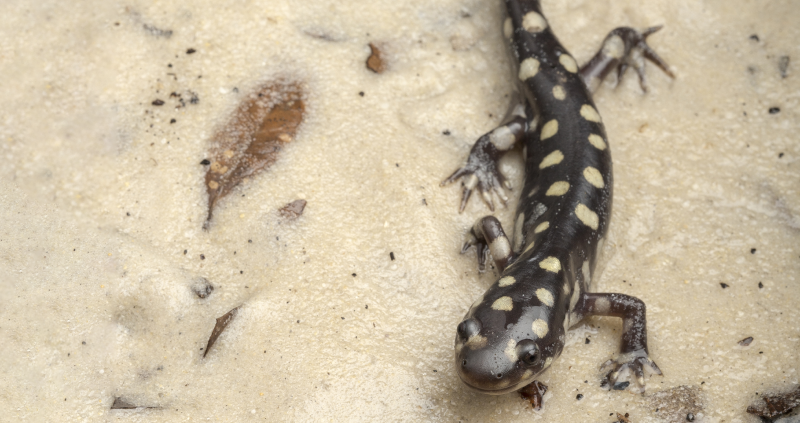
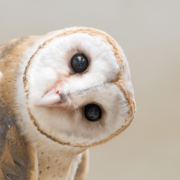
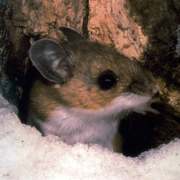
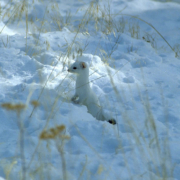

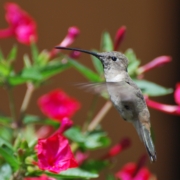


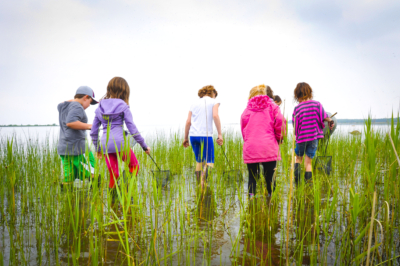
My friend Katie took some awesome Spotted salamander photos when she lived in rural New Hampshire, http://katiebarnes.com/blog/2012/04/spotted-salamander-macro-photography-nh/
Similar to buying a new car, only to find that seemingly every third driver on the road also owns one (though you never noticed this before), my first observance of the Wood Stork (Mycteria americana) came merely one day after learning about this unique and endangered bird.
My first (and only) spotting of this bird occurred along a retention pond near my South Carolina home on the edge of a forested wetland and, though not an avid “birder,” I immediately recognized this distinctive bird from photos I viewed online the previous day. To the nature lover, occurrences such as this invoke the thought that the animal’s presence is a personal experience somehow intended as a reward for your respect and admiration.
As the U.S. Fish & Wildlife Service considers a petition to reclassify the Wood Stork from “Endangered” to “Threatened,” I hope population recovery will lead to more frequent encounters with this fascinating bird.
Ever since I worked with them at Liberty Science Center, I have been fascinated by Red-eyed tree frogs (Agalychnis callidryas).
I went to Costa Rica for the first time approximately 4 years ago, with the hopes of finding one in the wild and didn’t succeed. I went back to Costa Rica 2 years ago and finally found these mysterious nocturnal little guys on a night hike in one of the rain forest preserves. They were resting, mating, and walking around on a bridge! They are such amazing creatures to watch. I will always remember that trip!
Here’s some photos I took of the frogs:
https://flic.kr/p/nhK5iJ
https://flic.kr/p/nfEsem
https://flic.kr/p/nhqveG